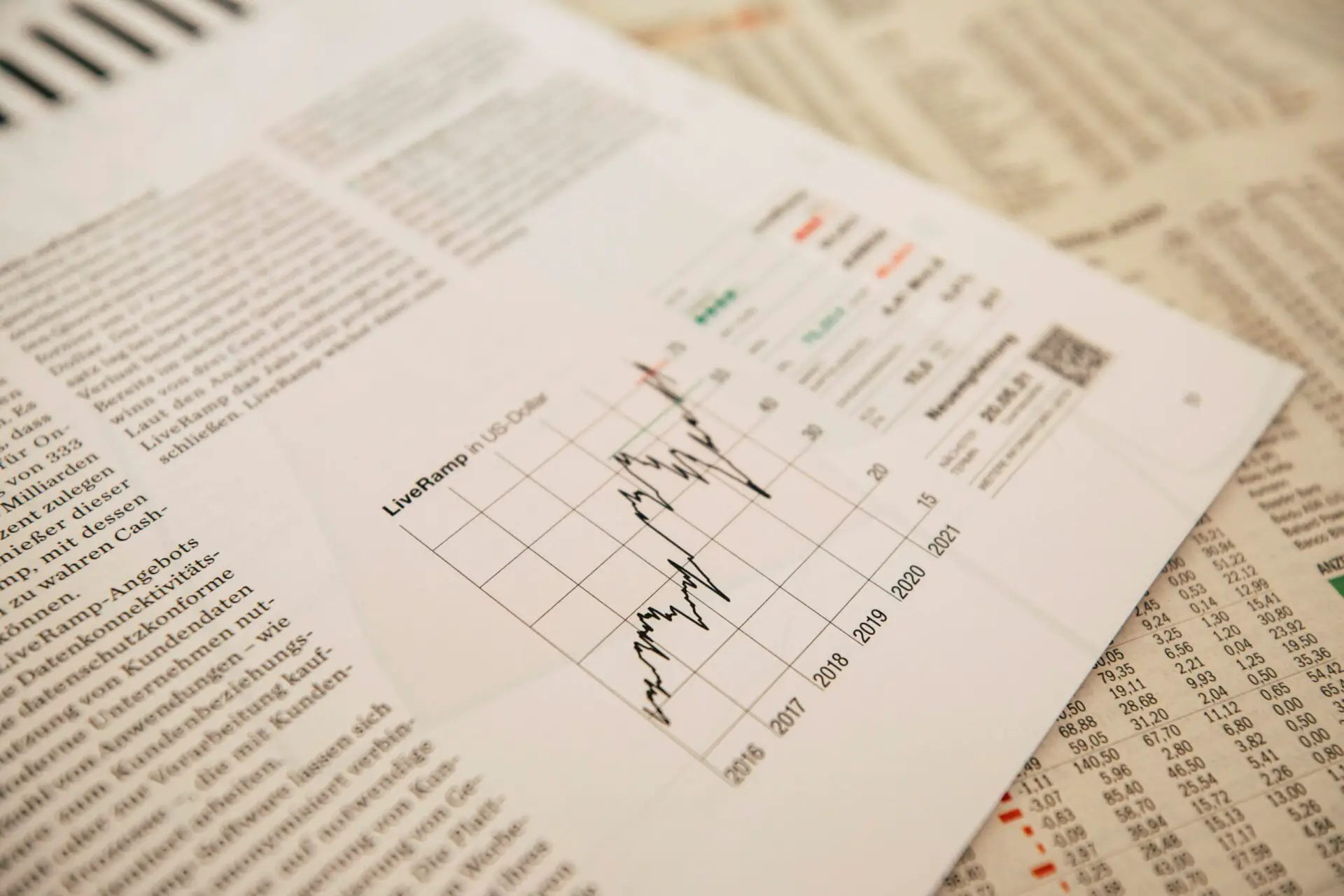Interest rate swaps are forward contracts in which one stream of future interest payments is exchanged for another. This exchange is based on a predetermined principal amount is known as an interest rate swap.
Interest rate swaps typically include the exchange of a fixed interest rate for a floating rate or vice versa. In order to decrease or increase exposure to interest rate swings. Or to achieve a somewhat cheaper interest rate than would otherwise be feasible.
Interest rate swaps explained
The exchange of one set of cash flows for another is what interest rate swaps are. Contracts are traded over-the-counter (OTC) between two or more parties. According to their preferred parameters and can be modified in a variety of ways.
A swap can also entail the exchange of one sort of floating-rate instrument for another. This is known as a basis swap. Swaps are used when a firm can borrow money at one sort of interest rate but wants a different type. They are also used to hedge against potential fluctuations in interest rates.
Interest rate swap types
The three major forms of interest rate swaps are fixed-to-floating, floating-to-fixed, and floating-to-floating. In a fixed-to-floating swap, one business receives a fixed rate and pays a floating rate because it believes that a floating rate would translate into a lower interest expense.
A floating-to-fixed swap occurs when a firm seeks to get a fixed rate, such as to hedge interest rate risk, and ultimately reduce its default risk. Finally, a float-to-float swap, also known as a basis swap, is an agreement between two parties to trade variable interest rates. A LIBOR rate, for example, maybe switched for a T-Bill rate.
Fixed-to-Floating
Consider a company that is able to borrow at a fixed rate, but for some reason management firmly believes that a floating rate will reduce its interest payments. In this case, the company might consider an interest rate swap as a solution for this situation.
Therefore they are willing to swap it with a counterparty with an opposing view. The company would pay the interest on a variable rate, while the counterparty would make sure the fixed interest rate payments are made.
If the company has most of its debt at a high fixed rate, this could be a great way to reduce interest expenses. It could also happen due to opposing macroeconomic views.
Floating-to-Fixed
If a firm cannot get a fixed-rate loan, it can borrow at a floating rate. And then enter into a swap to attain a fixed rate. The loan's floating-rate tenor, reset, and payment dates are mirrored and netted on the swap. The swap's fixed-rate leg becomes the company's borrowing rate.
Similar to the fixed-to-floating interest rate swap, a company might have most of its debt in variable interest. This could reduce the risk to the company of an interest rate hike.
Float-to-Float
A basis swap occurs when a company enters into a swap to modify the kind or tenor of the variable rate index that it pays. A firm can, for example, switch from three-month LIBOR to six-month LIBOR. Because the rate is more appealing or it fits other payment flows. It might even choose another rate index, like the federal funds rate.
An Example of a Real-World Interest Rate Swap
Assume PepsiCo has to raise $75 million in order to acquire a competitor. They may be able to borrow the money with a 3.5% interest rate in the United States, but they may only be able to borrow with a 3.2%t interest rate outside of the United States.
The problem is that they would have to issue the bond in a foreign currency, which is vulnerable to fluctuation dependent on interest rates in the home nation.
For the life of the bond, PepsiCo might enter into an interest rate swap. PepsiCo would pay the counterparty 3.2% interest throughout the life of the bond, according to the terms of the deal. When the bond expires, the business would swap $75 million for the agreed-upon exchange rate, avoiding any exposure to exchange-rate swings.
When two parties trade (i.e., swap) future interest payments based on a defined principal amount, this is referred to as an interest rate swap. Interest rate swaps are commonly used by financial organizations to hedge against losses, manage credit risk, and speculate.
Interest rate swaps are exchanged in over-the-counter (OTC) markets. The most frequent swap is a set exchange rate for a floating rate, often known as a "vanilla swap."
What Is an Interest Rate Swap Example?
Consider the following scenario: Company A issued $10 million in 2-year bonds with a variable interest rate of the London Interbank Offered Rate (LIBOR) + 1%. Assume the LIBOR rate is 2%. Because the firm is concerned about rising interest rates, it finds Company B, which offers to pay Company A the LIBOR annual rate plus 1% for two years on a notional principal of $10 million.
In exchange, Firm A pays this company a fixed rate of 4% on a notional value of $10 million for two years. Company A will gain if interest rates rise considerably. Company B, on the other hand, will gain if borrowing rates remain stable or decline.

